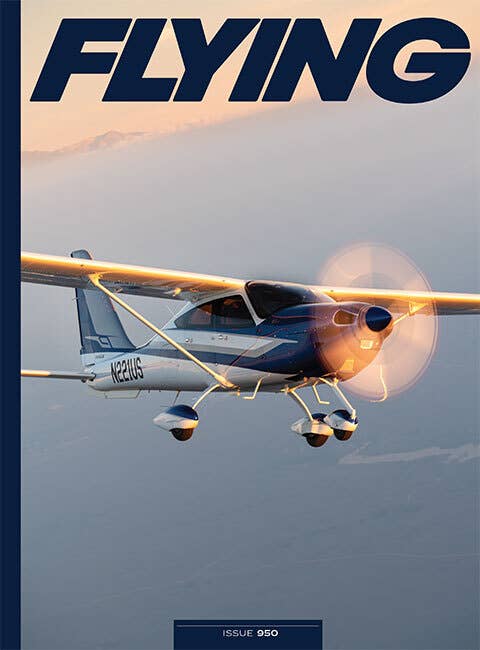Not far south from Park City, Utah, the Heber Valley Airport might just put a pilot closer to where they want to be for their winter backcountry skiing adventure, some summer hiking or fly fishing, or a white water rafting trip. No matter the reason for your visit to the Heber Valley area, the airport there offers pilots a way to approach when conditions are less than VFR, but there are some considerations worth making before you embark on this scenic mountain trip.
If you’re not already a subscriber, what are you waiting for? Subscribe today to get the issue as soon as it is released in either Print or Digital formats.

A) Terrain Is the Initial Concern
There is a lot of high terrain in the area. A pilot should consider terrain clearances for intercept altitudes, missed approach altitudes, for the missed approach, and even from initial approach fixes. They are all pretty high. Make sure your aircraft performance is up to the demands if you are going to be flying this approach.
B) Unique Approach Toward Runway 22
With the higher circling minimums, and an approach that is coming in at a 179-degree heading, it is only about 30 degrees off alignment, but the approach lines up more with the middle of the airport than the approach end of
the runway.
C) Circling-Only Minimums With Limitations
Minimums offered for this approach are only to circling category, with the lowest of them still putting a pilot 2,383 feet above the ground. This isn’t the approach that is going to get you in when the weather is low and scuzzy, but it might get you down with a moderate ceiling to where you can then enter a pattern and land visually. Another note indicates that the circling is “NA (Not Authorized) south of RWY 4-22,” so keep that pattern side to left traffic if landing on Runway 4 and right traffic if landing on Runway 22. Another note indicates that “Circling RWY 4 NA at night,” which means a pilot could not use this approach to then transition to a landing on Runway 4 at night. If the winds are out of the north, get here before dark or wait until the next morning.
D) Speed Limit on the Missed
A missed approach would take a pilot in a left turn up to 12,000 msl back to the COOLI waypoint where a direct entry to a 7 nm hold would be completed with an inbound track of 353 degrees. While doing this, a note indicates “Do not exceed 210K until turn completion.” With the proximity of terrain to the south and east during the left turn to get headed to COOLI, keeping your speed slower than 210 knots will keep the turn radius closer and away from that terrain.
E) MSA for Emergencies
A GPS-based approach, a pilot could imagine the unsettling feeling if GPS coverage was lost for any reason. If such an emergency or any other one that degrades situational awareness was encountered, a minimum safe altitude (MSA) of 13,100 is depicted. This will guarantee at least 1,000 feet of obstacle clearance within a 25-mile radius of the navigation facility, waypoint, or airport reference point upon which the MSA is predicated—in this case the missed approach point at IVTAW. An immediate climb to this altitude would help guarantee a pilot obstacle clearance in this range in an emergency.
This column first appeared in the February Issue 955 of the FLYING print edition.
Credit: flyingmag.com











